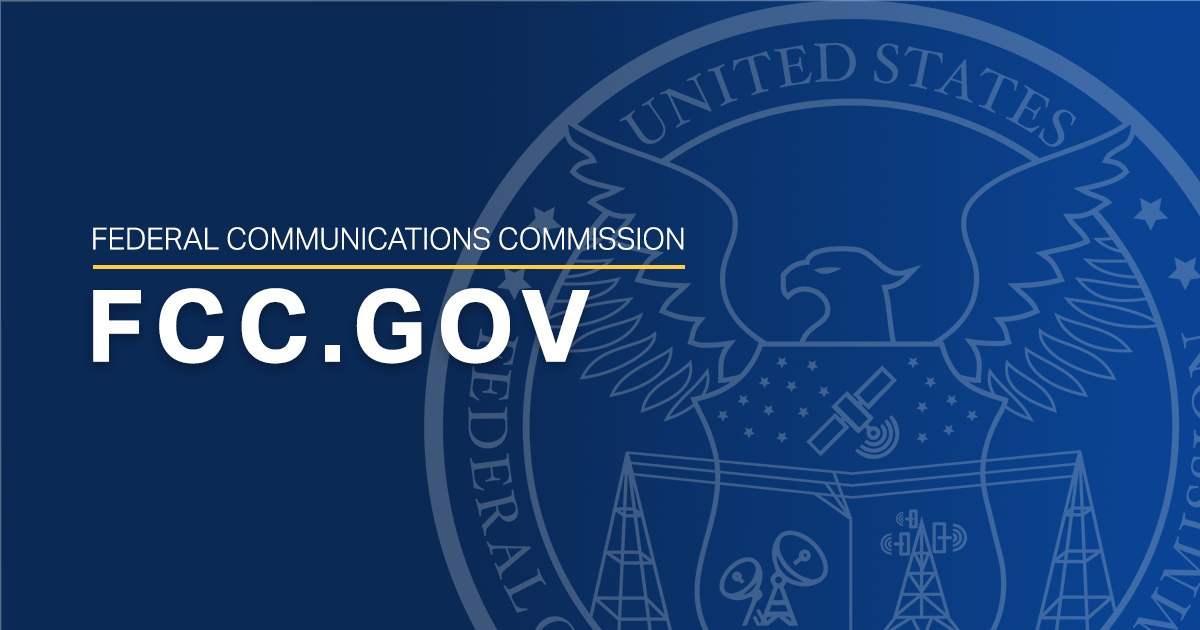simpsonrrnick
Newbie
- Joined
- Nov 29, 2020
- Messages
- 4
- Reaction score
- 0
Hello all,
I volunteer with a railroad and logging museum and I've taken on the challenge of being our radio man. I have a very rudimentary knowledge of VHF and UHF radios, and most of my self-taught knowledge falls short of the task I'm trying to accomplish. I figure this would be the place to go for help on the matter.
Our equipment uses Motorola CM200 Radius units (ABZ99FT3046, 146-174mhz variant). I am attempting to integrate portable radios into what appears to be a private system for as little cost as possible. My experiment transceiver is a Baofeng UV-5R. I've used the scan function to locate the three frequencies we use(as opposed to dropping several hundred dollars on the Motorola RSS to find them that way) and that's where I've encountered an issue.
With my UV-5R set on the frequencies I located, I hear nothing but static when I transmit on the railroad CM200s, regardless of frequency. No voices. On the other end, when I transmit on my portable, the CM200s do not receive. I've done some digging and I believe this is attributable to our 200s using TPL or DPL privacy procedures(correct if wrong). I've run through all the included CTCSS and DCS frequencies/codes on the Transmit section(not the RX section) and I had no luck getting through on the CM200s.
Do the CM200s want matching codes for Tx and Rx to let my portable in?
Would there be another privacy procedure I'm missing?
Am I doing something else wrong?
Is there no way to integrate a radio like a UV-5R into a private Motorola system like the one described?
Most importantly: Am I going to need to drop $400 on RSS to make the system compatible?
Thanks in advance,
Nick
I volunteer with a railroad and logging museum and I've taken on the challenge of being our radio man. I have a very rudimentary knowledge of VHF and UHF radios, and most of my self-taught knowledge falls short of the task I'm trying to accomplish. I figure this would be the place to go for help on the matter.
Our equipment uses Motorola CM200 Radius units (ABZ99FT3046, 146-174mhz variant). I am attempting to integrate portable radios into what appears to be a private system for as little cost as possible. My experiment transceiver is a Baofeng UV-5R. I've used the scan function to locate the three frequencies we use(as opposed to dropping several hundred dollars on the Motorola RSS to find them that way) and that's where I've encountered an issue.
With my UV-5R set on the frequencies I located, I hear nothing but static when I transmit on the railroad CM200s, regardless of frequency. No voices. On the other end, when I transmit on my portable, the CM200s do not receive. I've done some digging and I believe this is attributable to our 200s using TPL or DPL privacy procedures(correct if wrong). I've run through all the included CTCSS and DCS frequencies/codes on the Transmit section(not the RX section) and I had no luck getting through on the CM200s.
Do the CM200s want matching codes for Tx and Rx to let my portable in?
Would there be another privacy procedure I'm missing?
Am I doing something else wrong?
Is there no way to integrate a radio like a UV-5R into a private Motorola system like the one described?
Most importantly: Am I going to need to drop $400 on RSS to make the system compatible?
Thanks in advance,
Nick


